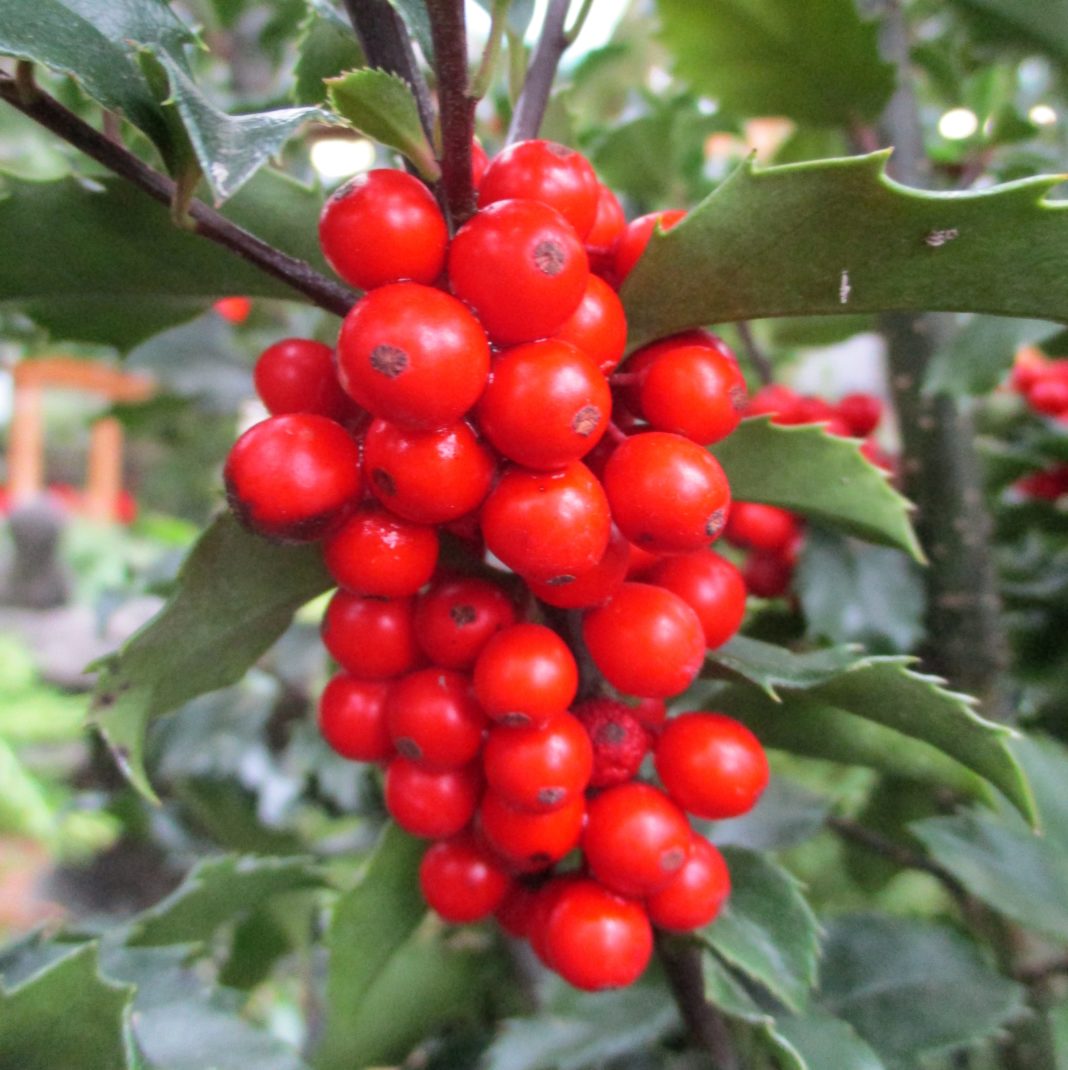UNITED STATES—Cut Christmas trees really are the way to go. There is no obligation to take care of them after Christmas. They do not need to be planted out into a garden that will be too small for them as they grow. They do not need to be maintained in a pot, only to get disfigured or partially defoliated before next Christmas. They simple get removed from the home and composted or otherwise disposed of.
Potted living Christmas trees may seem like a good idea, but they are not as sustainable as they seem to be. Only the smaller and more compact types of conifers can be confined to big pots or planted into compact garden spaces. Rosemary shorn into small cones happens do well either in big pots or out in the garden, and if preferred, can be allowed to assume its natural bushy form.
Many other potted plants that are popularly brought into the home for Christmas decoration are easier to accommodate, but take a bit of effort. Poinsettias are the most familiar of these. They can grow as houseplants for years, and might hold their colorful bracts for months. In mild climates, they can be planted in the garden, but will never look like they did originally. Most get discarded.
Hollies and azaleas are more sustainable, but are not as popular. Of these, hollies are the easiest. They can be planted in larger pots or directly into the garden later, when the worst of winter is over. Azaleas will eventually drop their flowers, and will likely look very distressed for a few months, but if watered regularly, can regenerate new foliage that is adapted to their new environments.
Christmas cactus happens to be a delightful houseplant regardless of the season. It will also drop its flowers, but will generate appealing pendulous foliage that cascades nicely from hanging pots. It can bloom annually, although timing of bloom is quite variable. It can do the same outside, if sheltered. Amaryllis also prefers to stay potted. It will replace its tall flower stalks with a few leaves that sustain the bulbs until dormancy next autumn, and can bloom again next winter if given a chance.
Highlight: English holly
We all know that holly is famous for holly berries, but in modern gardening, English holly, Ilex aquifolium, is appreciated, or despised, for its distinctively glossy, but very prickly evergreen foliage. Like countless tiny thorns, the foliage is too prickly to handle for those who despise it. Those who appreciate it know there is no substitute for the elegantly polished sheen and handsome texture.
The lack of berries is due to a lack of pollinators. Most plants are female, some are capable of making berries. However, until recently, male plants were not even available in nurseries. Old formal hedges of female plants were typically accompanied by a few male plants in less refined parts of the same garden. Some newer hollies are grown with two plants of both genders in the same pot.
Most English holly is rich dark green, even though there are many exquisitely variegated cultivars. Some are variegated with silvery white or creamy white. A few are variegated with lemony yellow or gold. Variegated specimens tend to stay smaller. Unvariegated specimens can slowly grow into small shade trees with less prickly upper foliage, although most are kept less than 10 feet tall.
Horticulturist Tony Tomeo can be contacted at tonytomeo.com.







